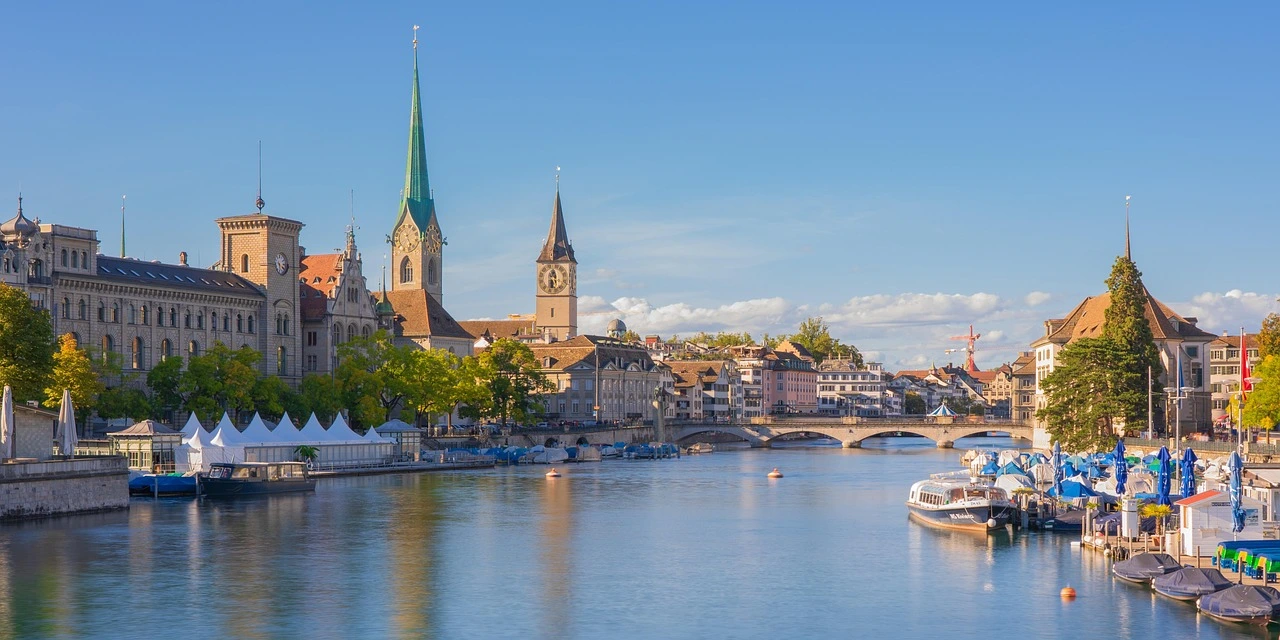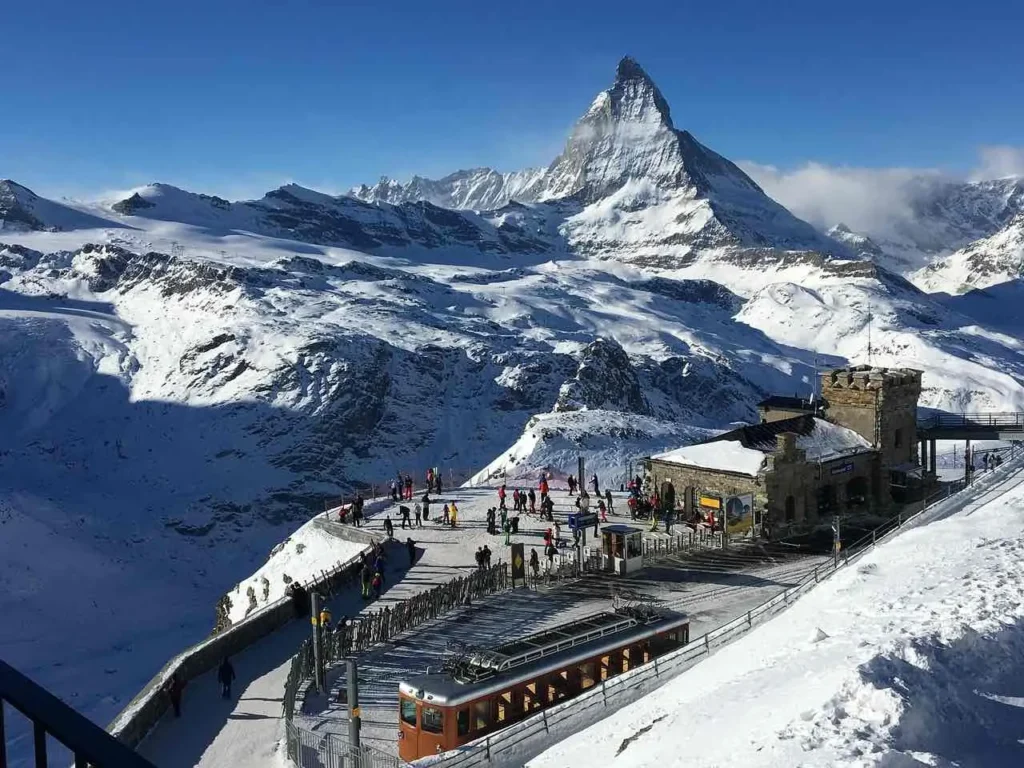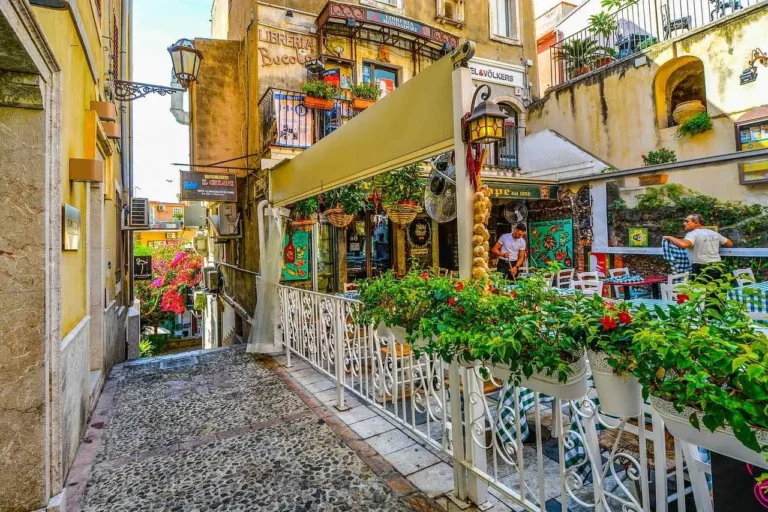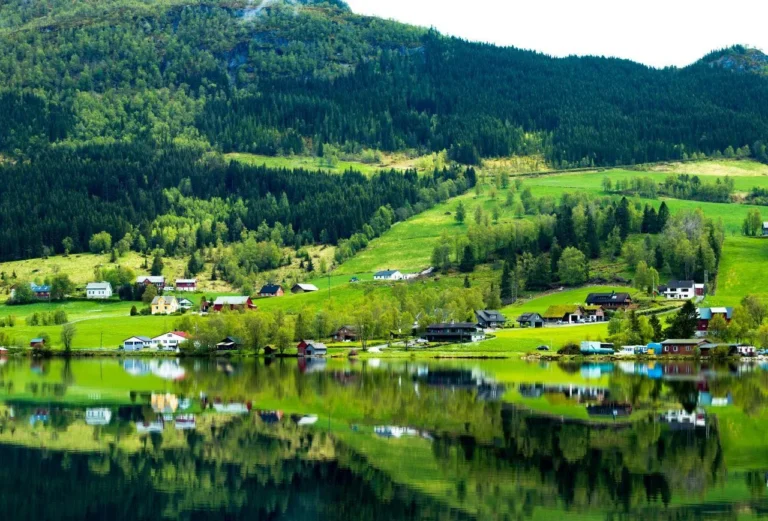Switzerland Travel Itinerary: Essential Tips for Best Planning Your Trip
Table of Contents
Table of Contents
Your Dream Swiss Adventure Begins Here
Imagine standing atop the snow-capped peaks of the Swiss Alps, breathing in the crisp mountain air, and gazing down at the crystal-clear lakes nestled below. Picture yourself strolling through medieval old towns, indulging in world-renowned Swiss chocolate, and exploring breathtaking landscapes that look like they belong on a postcard. Planning a trip to Switzerland is an exciting adventure, but without a well-structured itinerary, you might miss out on some of its best experiences.
This comprehensive guide will help you craft the perfect Switzerland travel itinerary. From must-visit destinations to essential travel tips, budgeting advice, and insider recommendations, we’ve got you covered. Whether you’re traveling solo, as a couple, or with family, this guide ensures that you make the most of your time in this stunning country.
Best Time to Visit Switzerland
Seasonal Highlights
Switzerland is a year-round destination, and each season offers unique experiences:
- Spring (March–May): Witness blooming flowers, fewer crowds, and pleasant temperatures. Ideal for sightseeing and city exploration.
- Summer (June–August): The best time for hiking, lake activities, and outdoor festivals. Perfect for nature lovers.
- Autumn (September–November): Enjoy stunning fall foliage, fewer tourists, and comfortable weather.
- Winter (December–February): Experience magical snow-covered landscapes, world-class skiing, and enchanting Christmas markets.
Budget Considerations by Season
- High Season (June–August, December–February): Expect higher prices on accommodations and attractions.
- Shoulder Season (March–May, September–November): Fewer crowds, moderate prices, and good weather.
- Low Season (Late November – Early December): Some attractions may be closed, but you’ll find budget-friendly deals.
How to Get Around Switzerland
Swiss Travel Pass – Is It Worth It?
- Covers unlimited travel on trains, buses, and boats.
- Includes free access to 500+ museums and discounts on mountain excursions.
- Ideal for tourists planning to visit multiple cities and regions.
Alternative Transportation Options
- Regional Passes: Cost-effective for exploring specific areas like the Jungfrau region.
- Car Rentals: Suitable for remote locations but unnecessary in major cities.
- Biking and Walking: Cities like Zurich, Lucerne, and Geneva are pedestrian and bike-friendly.
Must-Visit Destinations for Your Switzerland Travel Itinerary
Zurich – The Vibrant Financial Hub

- Explore the historic Old Town (Altstadt).
- Shop along Bahnhofstrasse, one of the world’s most exclusive shopping streets.
- Enjoy panoramic views from Uetliberg Mountain.
Lucerne – A Fairytale City

- Walk across Chapel Bridge, Switzerland’s most iconic wooden bridge.
- Take a scenic boat cruise on Lake Lucerne.
- Visit Mount Pilatus or Mount Rigi for breathtaking views.
Interlaken – The Adventure Capital

- Experience paragliding over the Swiss Alps.
- Visit Harder Kulm for a stunning sunset.
- Take a day trip to Jungfraujoch or Lauterbrunnen.
Zermatt – The Iconic Matterhorn

- Ride the Gornergrat Railway for the best Matterhorn views.
- Ski or snowboard in world-class resorts.
- Stroll through the charming, car-free village.
Geneva – A Blend of Nature and Diplomacy

- See the iconic Jet d’Eau fountain.
- Visit the United Nations headquarters.
Switzerland Travel Itinerary: Sample 7-Day Plan
Day 1: Arrival in Zurich
- Explore Old Town and visit the Swiss National Museum.
- Enjoy a sunset view from Uetliberg Mountain.
Day 2: Lucerne & Mount Pilatus
- Train to Lucerne, walk across Chapel Bridge.
- Afternoon excursion to Mount Pilatus or Rigi.
Day 3: Interlaken & Lauterbrunnen
- Travel to Interlaken and explore its picturesque surroundings.
- Visit Lauterbrunnen Valley’s famous waterfalls.
Day 4: Jungfraujoch – Top of Europe
- Take a scenic train ride to Jungfraujoch.
- Explore the Ice Palace and Sphinx Observatory.
Day 5: Zermatt & Matterhorn Views
- Travel to Zermatt via Glacier Express.
- Experience the Gornergrat railway and enjoy Matterhorn views.
Day 6: Geneva & Montreux
- Visit Geneva’s top attractions.
- Take a scenic train ride to Montreux and explore Chillon Castle.
Day 7: Departure or Optional Day Trip
- Explore Bern, Switzerland’s capital, before departure.
- Enjoy a relaxing spa day in Zurich.
Budgeting Tips for Your Switzerland Trip
- Save on Transportation: Use the Swiss Travel Pass or regional passes.
- Affordable Accommodation: Stay in hostels, Airbnbs, or mountain huts.
- Dining on a Budget: Opt for supermarkets, bakeries, and lunch specials at restaurants.
Essential Travel Tips for Switzerland
- Currency & Payments: Swiss Franc (CHF) is the official currency; credit cards are widely accepted.
- Language Tips: German, French, and Italian are spoken, but English is common in tourist areas.
- Cultural Norms: Swiss people value punctuality, cleanliness, and environmental responsibility.
FAQ – Switzerland Travel Itinerary
What is the best way to travel around Switzerland?
Switzerland’s train network is highly efficient, making the Swiss Travel Pass a convenient option.
How many days are enough for a Switzerland itinerary?
A minimum of 5-7 days is recommended to explore major attractions and scenic spots.
Is Switzerland expensive for tourists?
Yes, but smart budgeting, discount travel passes, and affordable accommodations can help reduce costs.
What should I pack for a Switzerland trip?
Layered clothing, comfortable walking shoes, and a Swiss power adapter (Type J plug).
Plan Your Perfect Switzerland Adventure
Switzerland is a destination that caters to every traveler—whether you seek adventure, cultural exploration, or relaxation. By planning ahead, utilizing travel passes, and choosing the right destinations, you can experience the very best of this beautiful country. Start planning your itinerary today and embark on an unforgettable Swiss adventure!
Call-to-Action: Ready to explore Switzerland? Share your itinerary ideas in the comments below, and don’t forget to bookmark this guide for future reference.







